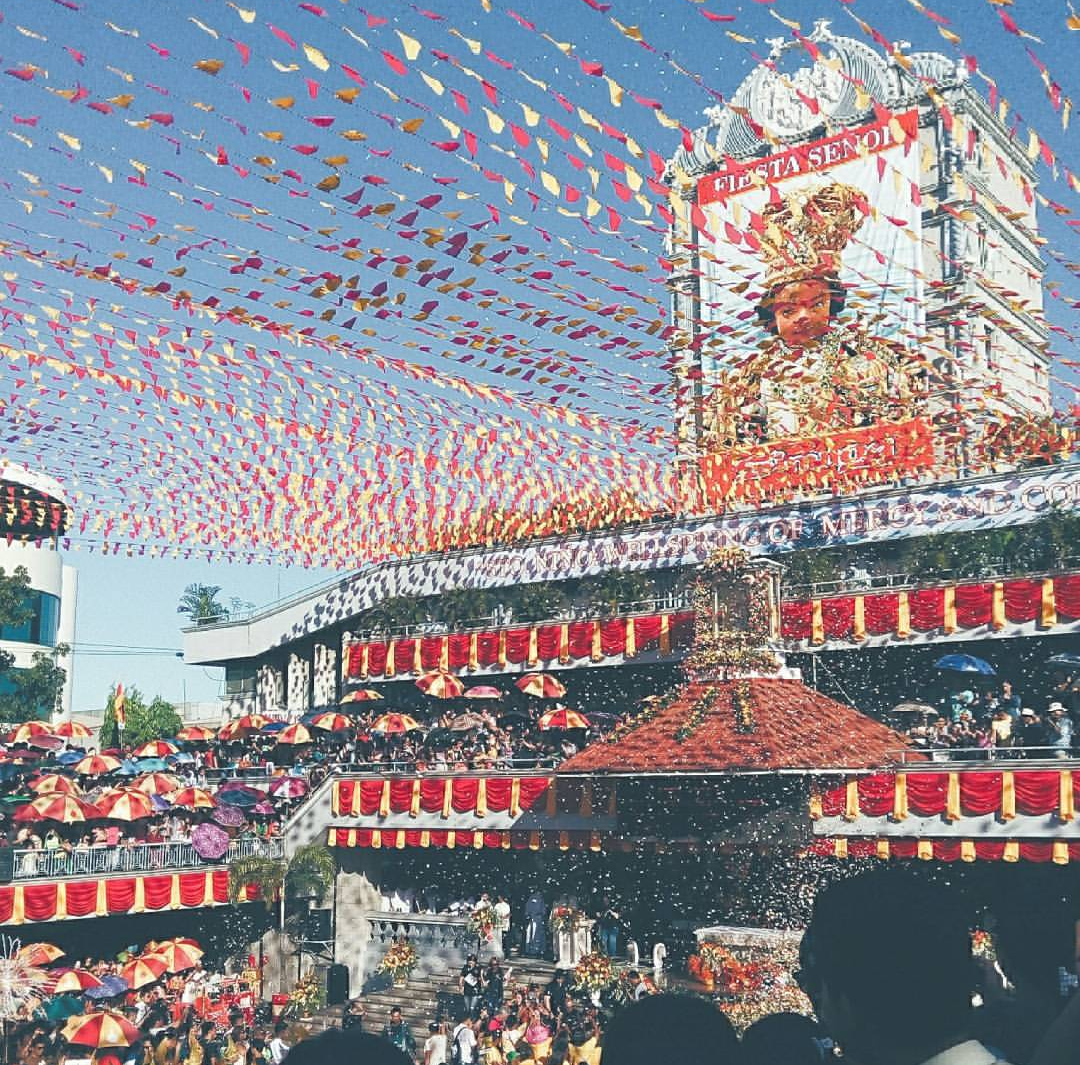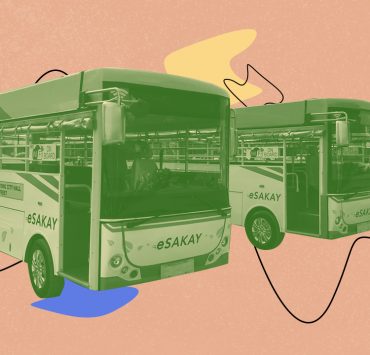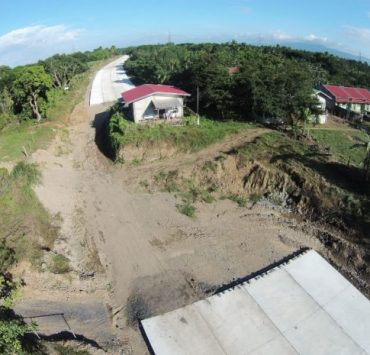It’s the third weekend of January and Cebu City is more colorful than ever. Over a million Filipinos have been flocking to the city for the past week, looking forward to this year’s Sinulog Festival.
Although the grand religious and cultural parade is not held until Jan. 19, the third Sunday of the month, week-long activities are observed. The Queen City of the South is packed with Santo Niño de Cebú devotees participating in the nine-day novena mass, the traslacion of the Santo Niño relic, and the foot and a fluvial procession.
The festive ambience doesn’t stop there. Dancers are seen all over the city, practicing day and night. People of all ages are attending side parties, nightly activities, cultural events, fireworks, street fairs, and pageants held at the city’s main sports center.
In schools, students are learning the steps to the Sinulog dance and words to the “Gozos” or “Bato Balani Sa Gugma,” a song of thanksgiving dedicated to the Santo Niño.
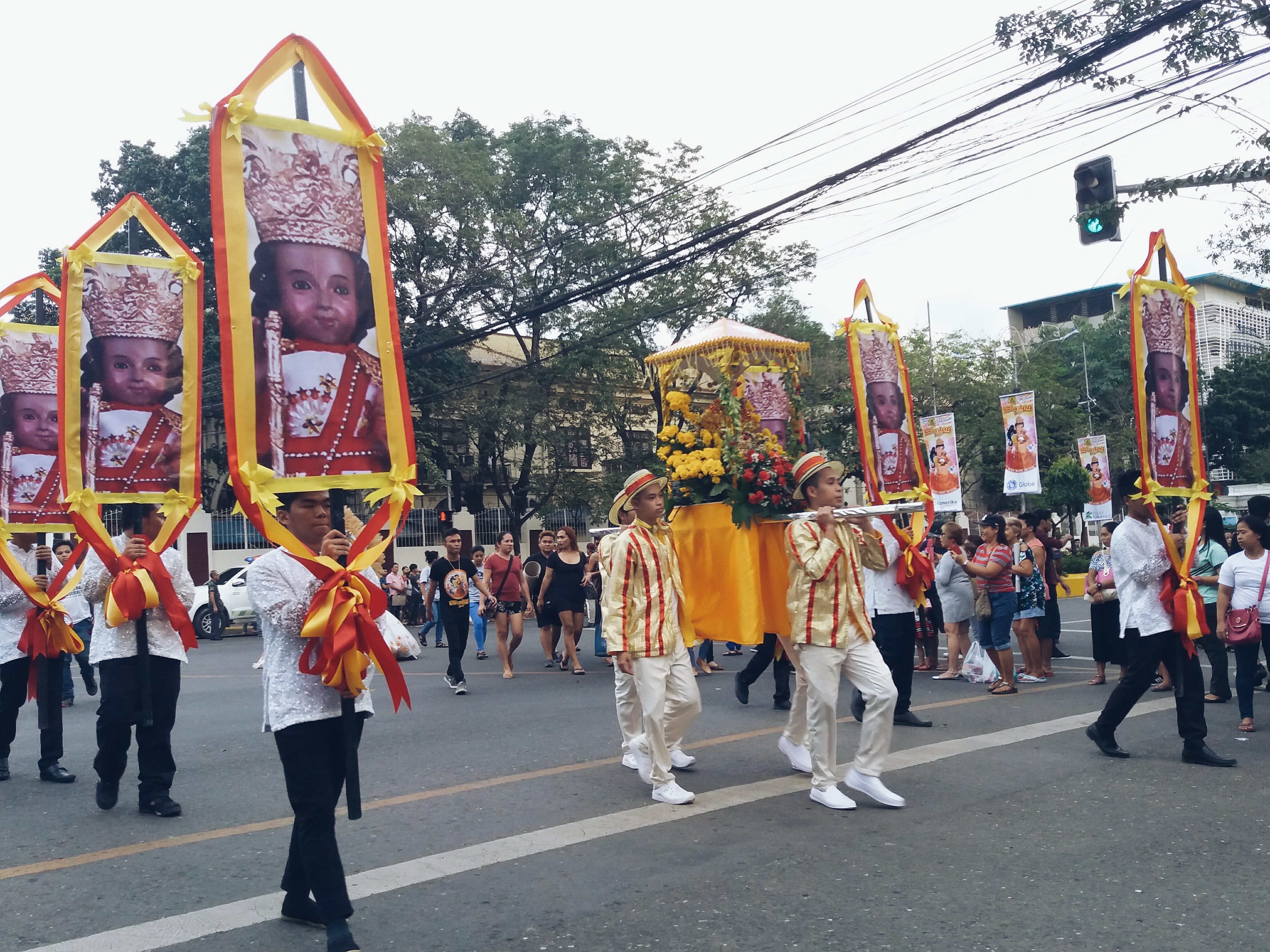
“Sinulog is very important to every Cebuano, both its religious and cultural aspects,” said Sigrid Garcia, a writer born and raised in Cebu.
“My mom always made sure that we never miss out on attending a novena mass despite the basilica being very packed (some attendees never make it to the basilica and instead listen to loudspeakers outside the Church grounds), and we take part in the foot procession every third Saturday of January, rain or shine. It’s fascinating to see that the hourly novena masses are always full, people just keep on coming,” she said in an email to Nolisoli.ph.
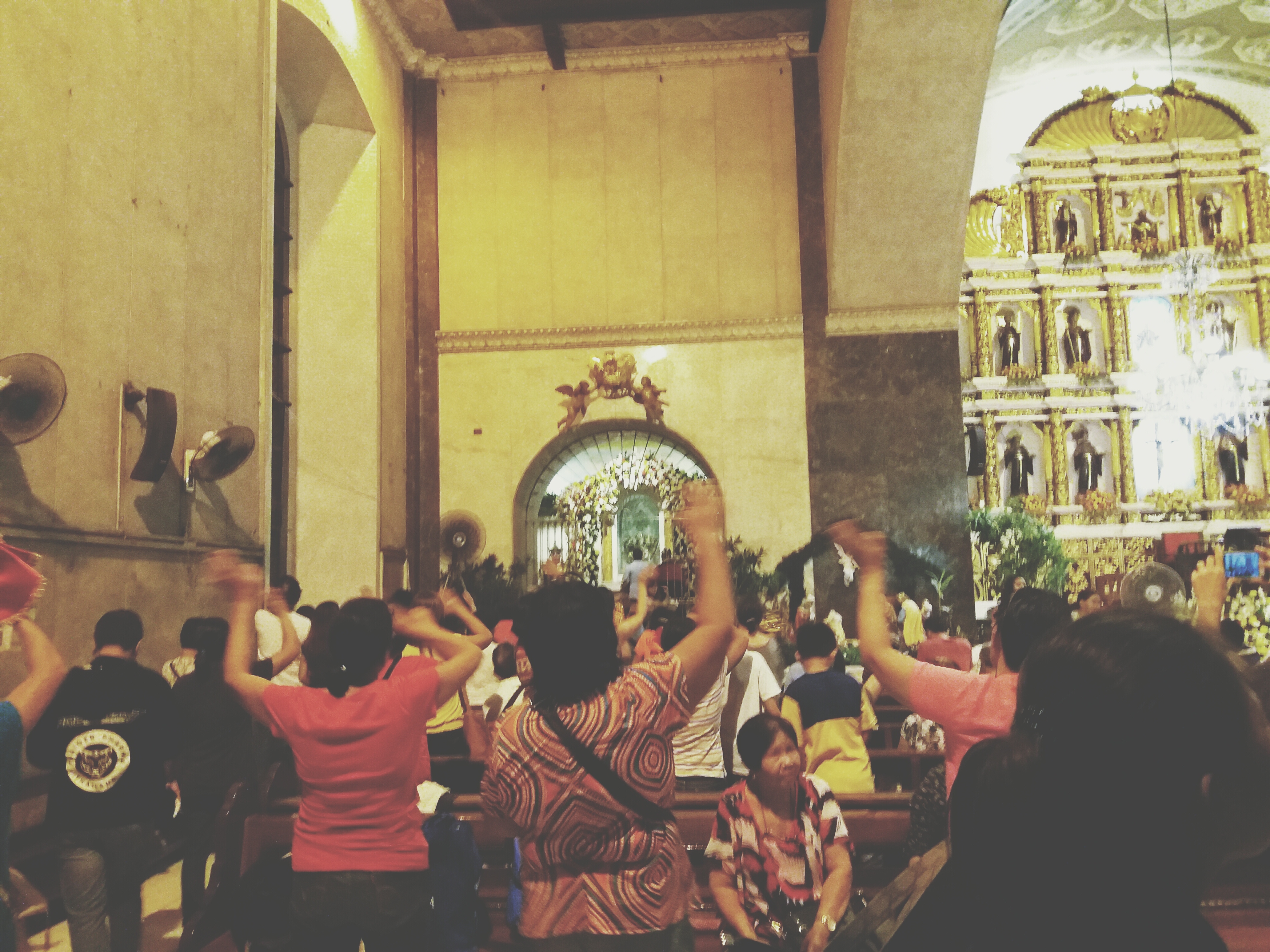
Sinulog is rooted deep in history, far beyond the festival’s inauguration in the 1980s. It’s said to be one of the reasons why Christianity flourished in the country, which Portuguese explorer Ferdinand Magellan first introduced in Cebu on April 7, 1521. Magellan gave an image of the Child Jesus as a gift to the then rulers of Cebu, Rajah Humabon and Hara Amihan.
With such rich relevance to our culture, it is only timely that we get to know more about Sinulog right from the experiences and knowledge of Cebuanos. Here are some facts we gathered and should know more about:
There’s a respected Sinulog coat of arms
When Magellan and his men settled in Cebu, a two-headed hawk emblem was said to be displayed on some of the banners they brought. It was an emblem that represented the power of the House of Hapsburg, which according to Madrileña de la Cerna’s Inquirer opinion article was the dominant power at the time of the Spaniards’ coming.
The Cebuano community, while organizing the first Sinulog festival in the 1980s, incorporated this historical emblem into the Sinulog coat of arms. A print of Santo Niño’s face replaced the two-headed eagle while its frame was changed to a native warrior’s shield, representing the Philippines’ acceptance of Roman Catholicism while remaining firm to the resistance of colonization.
There’s a difference between Sinulog and its deemed shortened form “sinug”
It turns out “sinug” is not just a shortened term for Sinulog.
Caesar Nimor, a Cebuano dance researcher and retired professor, clarified in a 2018 lecture that although both “sinug” and Sinulog can be classified as dances, Sinulog is the contemporary version of the dance that is “highly theatrical with focus on the kinampilan, the forward-backward movement,” as written by de la Cerna. It’s more of the whole creatively choreographed but culturally rooted dances in the festival.
Sinug, on the other hand, is what you call the basic and traditional movement of the dance.
“Most dances in the Philippines are rituals and the sinug (originally sinu’og) is an ancient ritual,” wrote de la Cerna. “It is a survivor of indigenous dance ritual despite more than three hundred years of colonization. With the sinug, there is a shift from ritual, from the diwata to Santo Niño.”
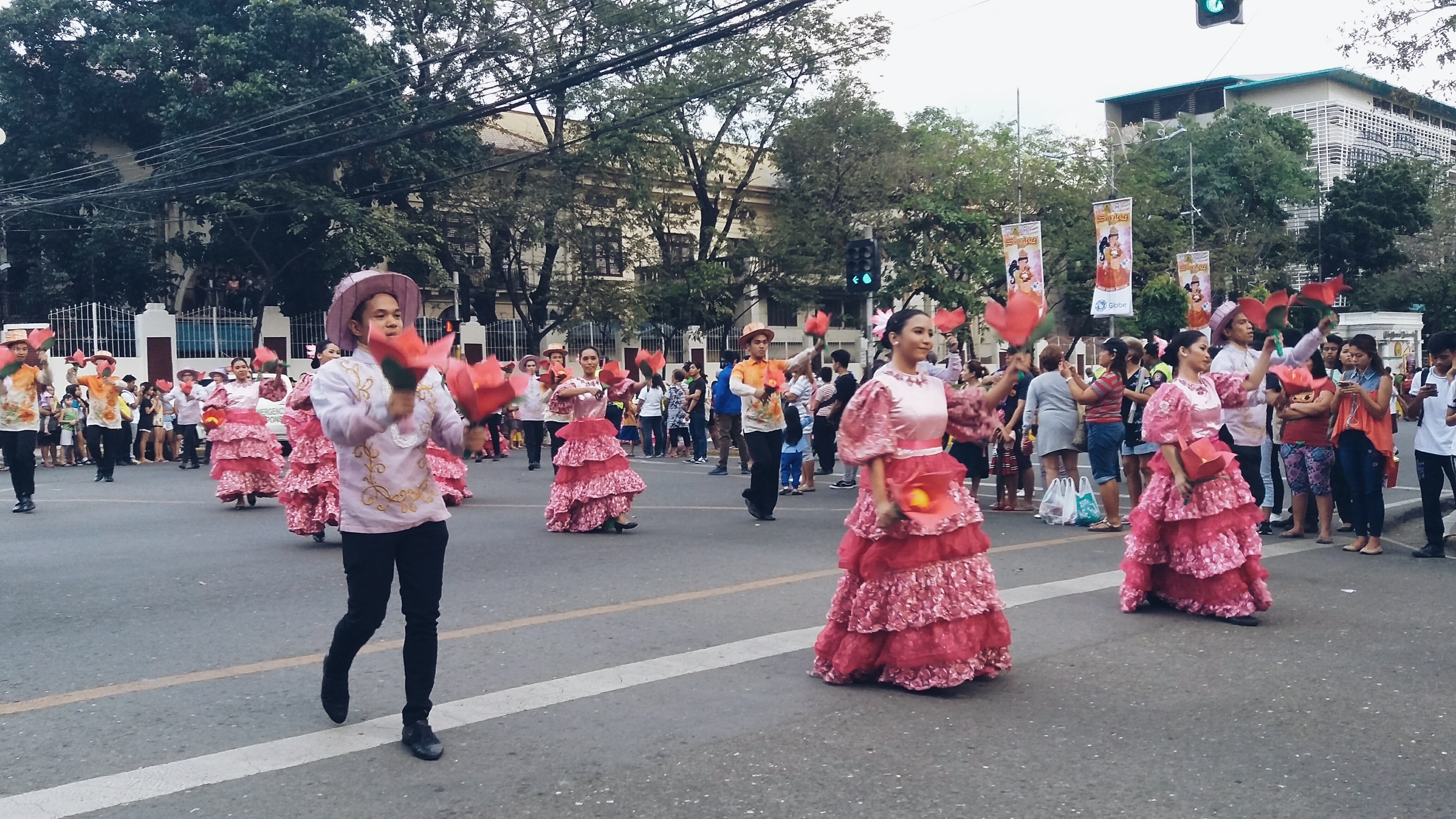
Sinug is still being performed by cultural groups and older women who offer prayers at the Basilica every day, Garcia said. “[Sinug is] more of a simple prayer dance (two-step-forward, one-step-back, mimicking the movement of water current) being performed with candles or handkerchiefs.”
Sinug dance is said to have originated from Rajah Humabon’s adviser
There is a popular Cebuano legend that said the sinug dance steps were derived from Rajah Humabon’s adviser named Baladhay. The legend goes that at a time when Baladhay fell ill, he was sent to take his final rest in a room where an image of the Santo Niño was enthroned along with other images of the pagan gods the ancient Cebuanos believed in.
After some time, Rajah Humabon’s men heard Baladhay shouting and found him dancing in the room, pointing to the image of the Santo Niño. The legend said Baladhay was awakened and healed by a child who he danced in a back-and-forth movement with, resembling the moves of a water current.
It will always be about Child Jesus
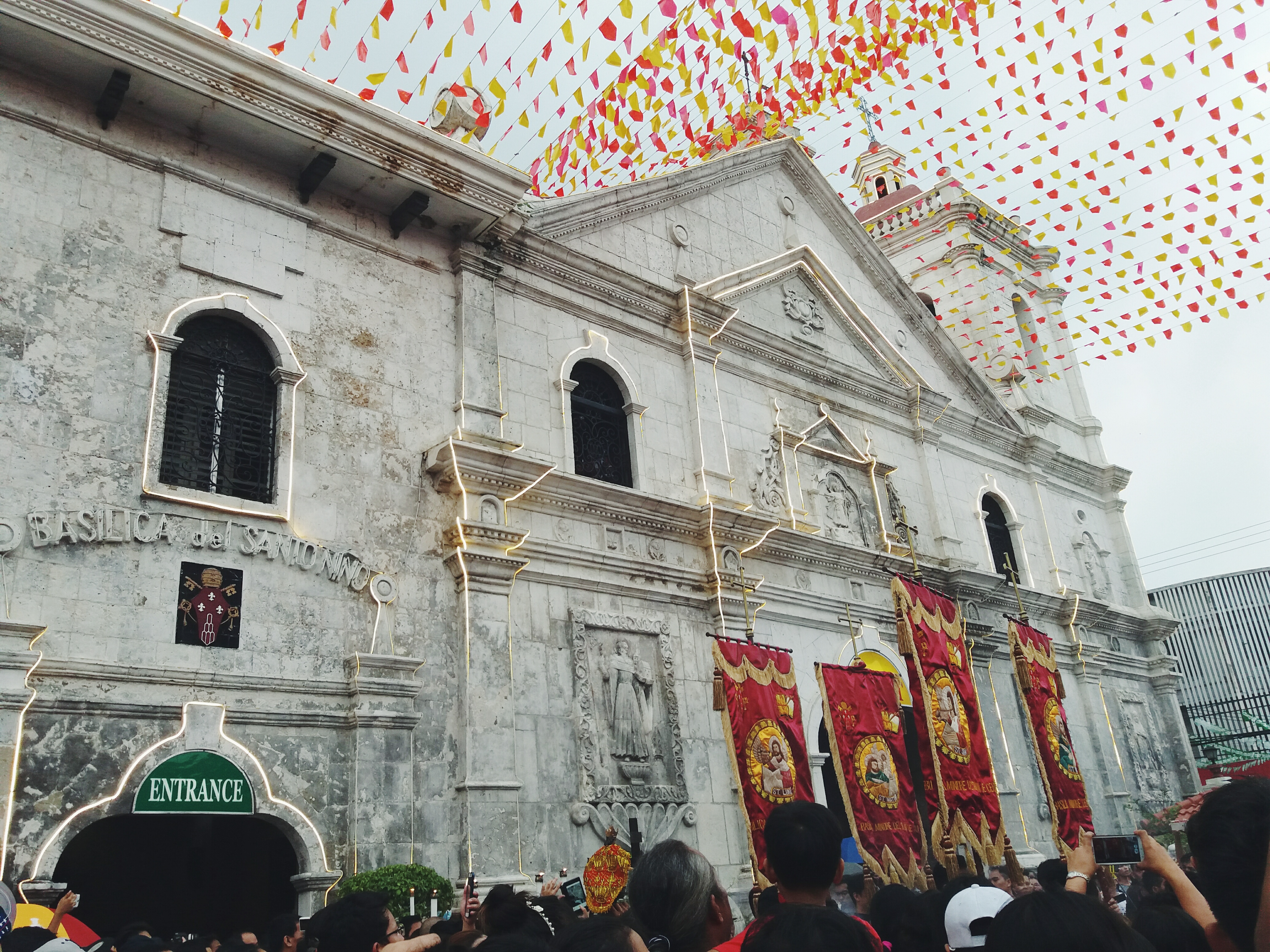
For the past years, Cebuano researchers have been looking into whether or not the festival has been affected by the Theory of Cultural Transition, which states that certain developments disturbed the culture of Sinulog. “The contemporary Sinulog dance transcended to a new culture after the sinug was obliterated to a more progressivist view of change to increase tourist attraction catapulted to a more commercialized endeavor for tourism and business development opportunities,” they wrote.
Yes, technology has done quite a few changes in the festival. It can now be live streamed for those who cannot attend the masses in the Basilica, Garcia said. Plus, the government “recently released a Sinulog app where one could view the calendar of events and receive updates on the festival.”
However, these upgrades do not change the fact that Sinulog will always be about Child Jesus.
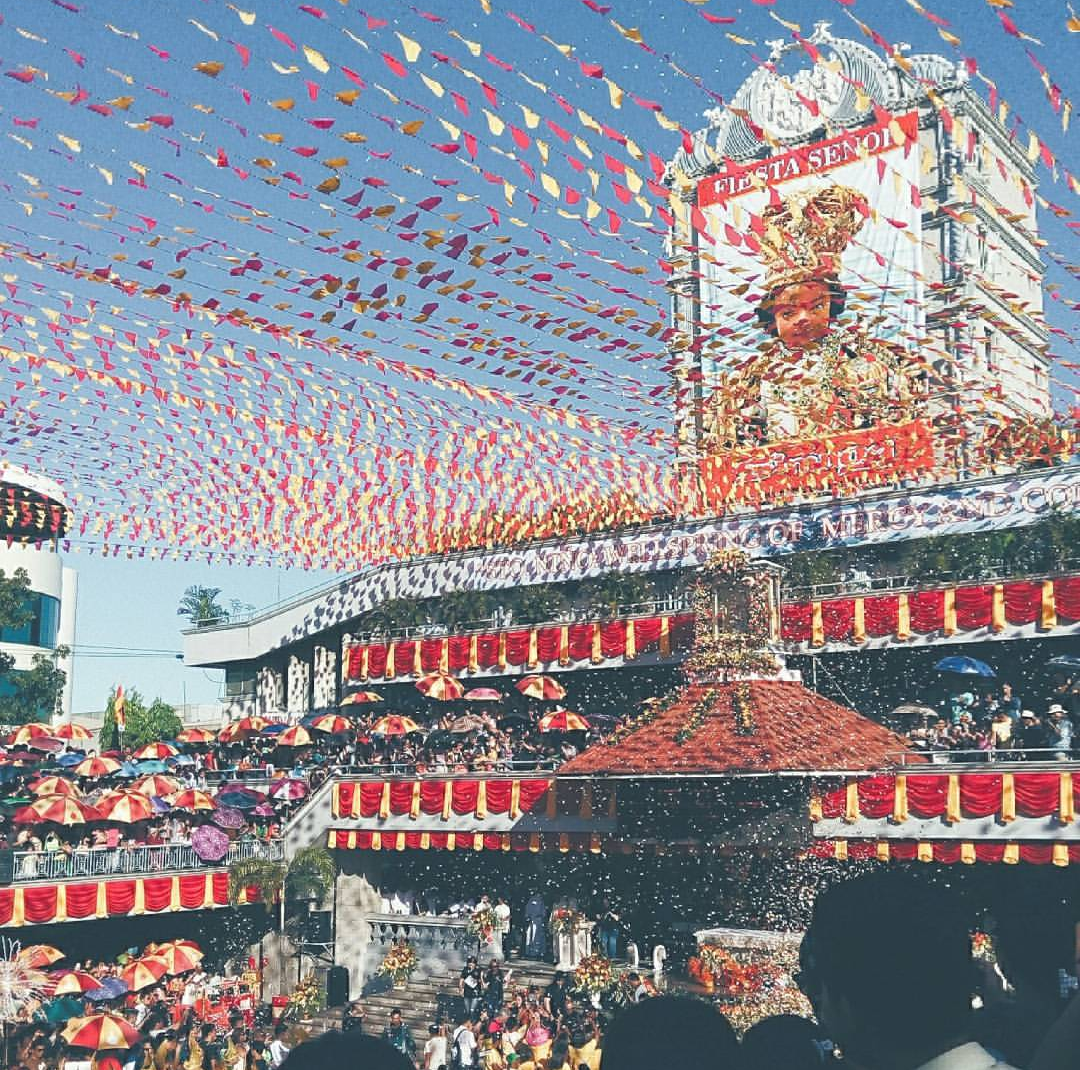
As Garcia put it, “As much as it is important to preserve the traditional dance, I guess it is difficult to maintain something so intangible such as dance—it evolves and changes with time, especially with the contemporary Sinulog dance being used in the festival.”
In the midst of these dance variations, emergence of technology, parties, colorful costumes, floats and whatnot, Sinulog to Cebuanos will always be of historical, cultural, and religious significance. It has and will always be a prayer dance and thanksgiving for the Child Jesus.
All featured photos courtesy of Sigrid Garcia
Get more stories like this by subscribing to our weekly newsletter here.
Read more:
Your guide to the biggest Philippine festivals this 2018
Watch Chinese films to kick off the Year of the Pig
CCP is turning 50 this year. Here are events to look forward to
Read more by Amierielle Anne Bulan:
An Intramuros shop called Puesto gives space for all kinds of creative minds
Major Manila Bay polluter Manila Zoo to build water treatment plants
This new app lets you get a haircut at home
Writer: AMIERIELLE ANNE BULAN


